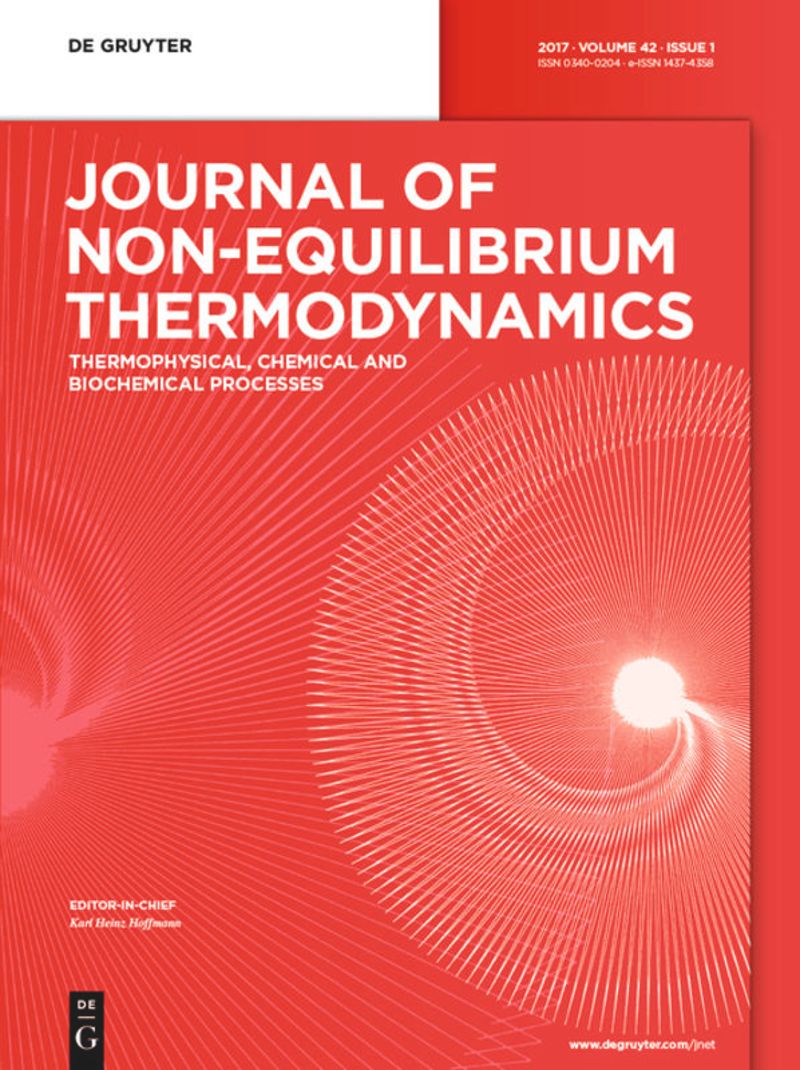Study on heat and mass transfer mechanism of unsaturated porous media under CW laser irradiation: with and without carrier gas
IF 4.2
3区 工程技术
Q1 MECHANICS
引用次数: 0
Abstract
The use of laser irradiation to remove contaminants from soil is an emerging soil remediation technology with broad application prospects. The mechanisms of temperature field variations, moisture transport, evaporation, and condensation under conditions with or without a carrier gas during laser soil remediation are still unclear. This paper utilizes a heat and mass transfer model under continuous wave (CW) laser irradiation, established based on local non-thermal equilibrium, to analyze the variation characteristics of the physical field within the soil, with or without introducing a carrier gas. The results show that CW laser irradiation can rapidly heat the soil to the expected remediation temperature (90 °C–560 °C). However, the gas transport speed induced solely by CW laser irradiation within the soil is very limited (on the order of 0.01 mm/s), making it ineffective at removing vapor from the soil. In contrast, using a carrier gas significantly improves gas flow (on the order of 10 mm/s), enhancing both heat and mass transfer processes and assisting in removing contaminants during laser soil remediation. This study elucidates the coupled heat and moisture transfer process in unsaturated porous media under conditions with and without a carrier gas, providing theoretical support for applying laser soil remediation.不饱和多孔介质在连续激光照射下的传热传质机理研究:带和不带载气
利用激光照射去除土壤中的污染物是一项新兴的土壤修复技术,具有广阔的应用前景。在激光土壤修复过程中,温度场变化、水分输送、蒸发和冷凝的机制在有或没有载气的条件下仍不清楚。本文利用基于局部非热平衡建立的连续波激光照射下的传热传质模型,分析了在引入或不引入载气的情况下土壤内部物理场的变化特征。结果表明,连续激光照射可快速将土壤加热至预期修复温度(90℃~ 560℃)。然而,仅通过连续波激光照射在土壤内诱导的气体输运速度非常有限(约为0.01 mm/s),使其无法从土壤中去除蒸汽。相比之下,使用载气可以显著提高气体流量(约为10 mm/s),增强传热和传质过程,并有助于在激光土壤修复过程中去除污染物。本研究阐明了有载气和无载气条件下非饱和多孔介质中热湿耦合传递过程,为激光土壤修复的应用提供了理论支持。
本文章由计算机程序翻译,如有差异,请以英文原文为准。
求助全文
约1分钟内获得全文
求助全文
来源期刊
CiteScore
9.10
自引率
18.20%
发文量
31
审稿时长
1 months
期刊介绍:
The Journal of Non-Equilibrium Thermodynamics serves as an international publication organ for new ideas, insights and results on non-equilibrium phenomena in science, engineering and related natural systems. The central aim of the journal is to provide a bridge between science and engineering and to promote scientific exchange on a) newly observed non-equilibrium phenomena, b) analytic or numeric modeling for their interpretation, c) vanguard methods to describe non-equilibrium phenomena.
Contributions should – among others – present novel approaches to analyzing, modeling and optimizing processes of engineering relevance such as transport processes of mass, momentum and energy, separation of fluid phases, reproduction of living cells, or energy conversion. The journal is particularly interested in contributions which add to the basic understanding of non-equilibrium phenomena in science and engineering, with systems of interest ranging from the macro- to the nano-level.
The Journal of Non-Equilibrium Thermodynamics has recently expanded its scope to place new emphasis on theoretical and experimental investigations of non-equilibrium phenomena in thermophysical, chemical, biochemical and abstract model systems of engineering relevance. We are therefore pleased to invite submissions which present newly observed non-equilibrium phenomena, analytic or fuzzy models for their interpretation, or new methods for their description.

 求助内容:
求助内容: 应助结果提醒方式:
应助结果提醒方式:


